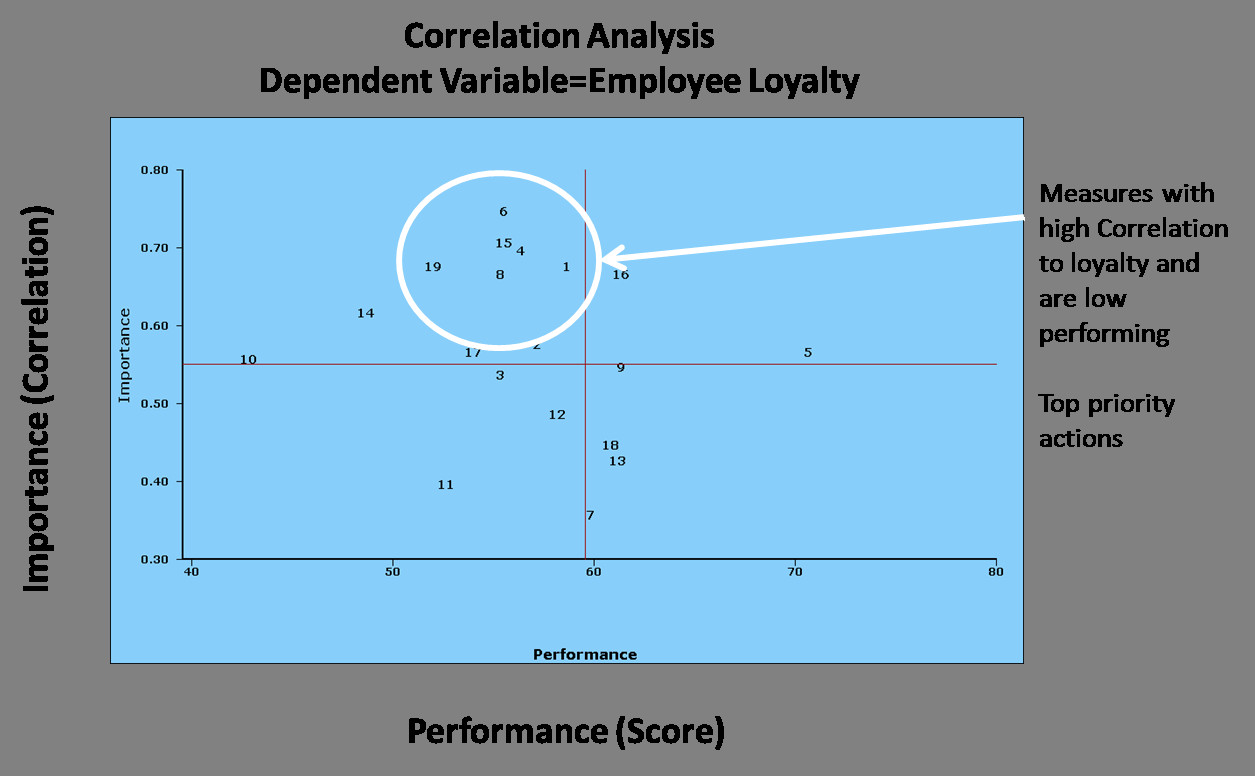Business culture assessment
Whenever I work with organizations in building Strategy Maps and Balanced Scorecards, the topic of culture is something that always crops up. Leaders instinctively know that it’s important to “get the culture right.” Unfortunately, despite the recognition of its importance, it typically gets scant attention.
Learning and Growth objectives such as “Create a High-Performance Culture” are inserted along with KPIs such as “Employee Engagement.” Job done and HR is asked to manage this. The C-suite can get back to thinking about the really important stuff: financials and operations.
Culture: a core organizational capability
But leaders need to recognize that culture should be managed as a core organizational capability, with the same rigor and attention as structure, process or technology. Indeed, when it comes to strategy management (or performance management more broadly), culture is the ultimate determinant of success. Culture is, in essence, the “mind” of the enterprise. Everything else is bodily parts and simply following instructions.
However, if organizational leaders are often poor at crafting a consensual meaning of strategy, they are less adept at describing what culture means. What exactly does high-performance mean? And how is this differentiated from any other organization?
Culture is, in essence, the “mind,” of the enterprise. Everything else is bodily parts and simply following instructions
A strategy-aligned culture
I would argue that the goal is not specifically to imbue a high-performance culture, but a strategy-aligned culture. And it certainly isn’t about creating a strong culture. These can be as performance sapping as weak cultures. Kodak had a strong culture that clung desperately to “the way we do things around here” (and also boasted low employee turnover): we all know how that story ended.
If, for example, an organization is pursuing a strategy based on customer intimacy, then the defined behaviors, values, recruitment, training, and reward mechanisms, etc., must be appropriate for the inculcation of customer-centricity, as should the structure, processes, information flows and decision-rights. Same holds true for a strategy based on operational excellence, product leadership or whatever. From my experience, information flows and decision-rights are often where the culture-enhancing proclamations of the senior team are found wanting. How, for example, can you extol the virtues of a culture based on trust, when lower-level managers must get multiple sign-offs before spending even a small amount of money? Or if employees need a Doctor’s note to explain a day’s absence. Cynicism soon ensues.
So, at the outset of a strategy execution program, the senior team should clearly articulate what it means by a strategy-aligned culture and must have clarity around what that will look like in terms of behaviors, structure, information flows, decision-rights, etc. Simply agreeing a set of values is not enough.
A strategic cultural change agenda
To begin the process of managing culture as a core organizational capability, I recommend that for each of these “strategy culture” dimensions, a desired state (what good will look like) is formally captured. A Strategic Cultural Change Agenda can be deployed here, delineating the current and desired states for dimensions such as leadership behavior, information flows, decision-rights, etc.
This should be supported by an assessment of the strategic cultural dimensions (which on the change agenda will describe the current state).
Cultural assessment tool
A powerful way to do this is through an online cultural assessment tool, which can be arranged according to the identified cultural dimensions and will reveal the areas where improvement is needed enterprise-wide or at departmental levels. Closing this cultural gap should then become a key initiative in fashioning a strategy-aligned culture.
In recent years, a number of useful online cultural assessment tools have been developed. These have evolved significantly since the first generation of the 1990s, which simply enabled answers to questions, to be followed by manual analysis. Today’s generation make use of advanced data analytics to show correlations, predict targeted improvements, etc.
Through such instruments, a series of questions can be posed that assess the cultural reality against the behaviors, etc., required to deliver the strategy. If a customer-centric strategy is being implemented, questions might include, “In my department we regularly talk about emerging customer needs,” or “We are empowered to make the right decisions for customers without seeking approval.” For innovation, questions might be, “In my department we regularly set aside time to brainstorm new ideas,” or “We are free to experiment with new solutions without fear of failure.”
Such instruments enable an aggregate of the organizational score against cultural dimensions, as well as drill down to departmental level (and can be sliced for other views, such as gender, age groups, etc.)
Example instrument
One assessment instrument I have been exposed to in recent years has been developed by the US-headquartered SurveyTelligence. Powered by InfoTool™, demographic segmentation, cross tab analyses, alignment measurements, predictive correlation analyses and other data assessments can be carried out.
As well as enabling a visualization of aggregate scores for “cultural” underpinnings deemed necessary for the strategy, click-through capabilities for each segment enables the understanding of the performance of each department or other group. As well as identifying problems to fix, it also identifies best practices that can be shared and replicated organization-wide (best-practice sharing is still something that is underutilized in organizations, despite the many available software tools for doing so). Figure 1 shows an example, using the four perspectives of the Balanced Scorecard.
A Predictive Matrix Report then prioritizes those actions most highly correlated to the strategy, suggesting the required corrective actions that might lead to performance improvement interventions at the departmental level or a broader enterprise-wide strategic initiative. Equally valuable, it selects actions to avoid taking as there is little to no correlation of those to the strategy. In short, focus on those corrective actions that drive the culture required to deliver the strategy, not that are “nice to have.” Again, it is about a strategy-aligned culture, not a generic “feel-good” culture. Figure 2
Use alongside other surveys
Cultural surveys can provide particularly powerful insights when correlated with other data. A couple of years back, I was involved in shaping and managing a series of online surveys that for each of 16 departments looked at employee engagement, the satisfaction of internal customers and, where appropriate, the satisfaction of external customers. What was striking about the findings was that the ranking for employee engagement was almost identical for internal customer satisfaction. The top-performer for both, and by some distance, was the same department. The same held true across all three surveys for those that had external customers. Validation, if you will, that the more impactful way to improve the customer experience is to ensure a great employee experience – and this is extremely cultural.
Based on this data, specific departmental interventions were conducted. We knew where the issues were. Interestingly, one department that had scored near or at the bottom of each ranking on two subsequent surveys improved significantly when the next survey was conducted (indeed moved into the top half of 16 departments). What was clear from the analysis was that there was a significant leadership issue. Reshaping the management team and replacing with one that was much more empowering and trusting led to a massive change in the performance of the department (and without replacing any of the staff) and the corresponding employee engagement and internal satisfaction scores.
As much as anything, this made me realize that, although the senior “team” is responsible for owning the culture and setting behavioral expectations, it is the front-line managers that turn such aspirations into reality.
Parting words
As with human beings, organizations will never be “mentally perfect.” There will always be some dysfunctional behaviors and internal conflicts. Striving for perfection is a pointless endeavor. But significant issues can be unearthed and resolved. Online cultural assessment tools are one vehicle for doing so.
A cultural assessment instrument can help identify dysfunctional behaviors and processes that are performance bottlenecks deep inside the enterprise, as well as issues that are more enterprise-wide. Getting the organizational mind to perform at optimal levels requires attention be paid to both and, it should be stressed, requires leadership to take action.
____________________________________________________________________________________________________________
As always feedback is welcomed.



Your cynical opening paragraph is too true! I’d be interested to hear more about different culture survey techniques and methods – not so much the data analytics and presentation aspects (which are well covered by conventional statistics) but formulating survey approaches and questions, selecting survey populations, and different ways of interacting with them to gather the data. I’m sure different methods have their pros and cons: what works best for you, in your experience, and why?